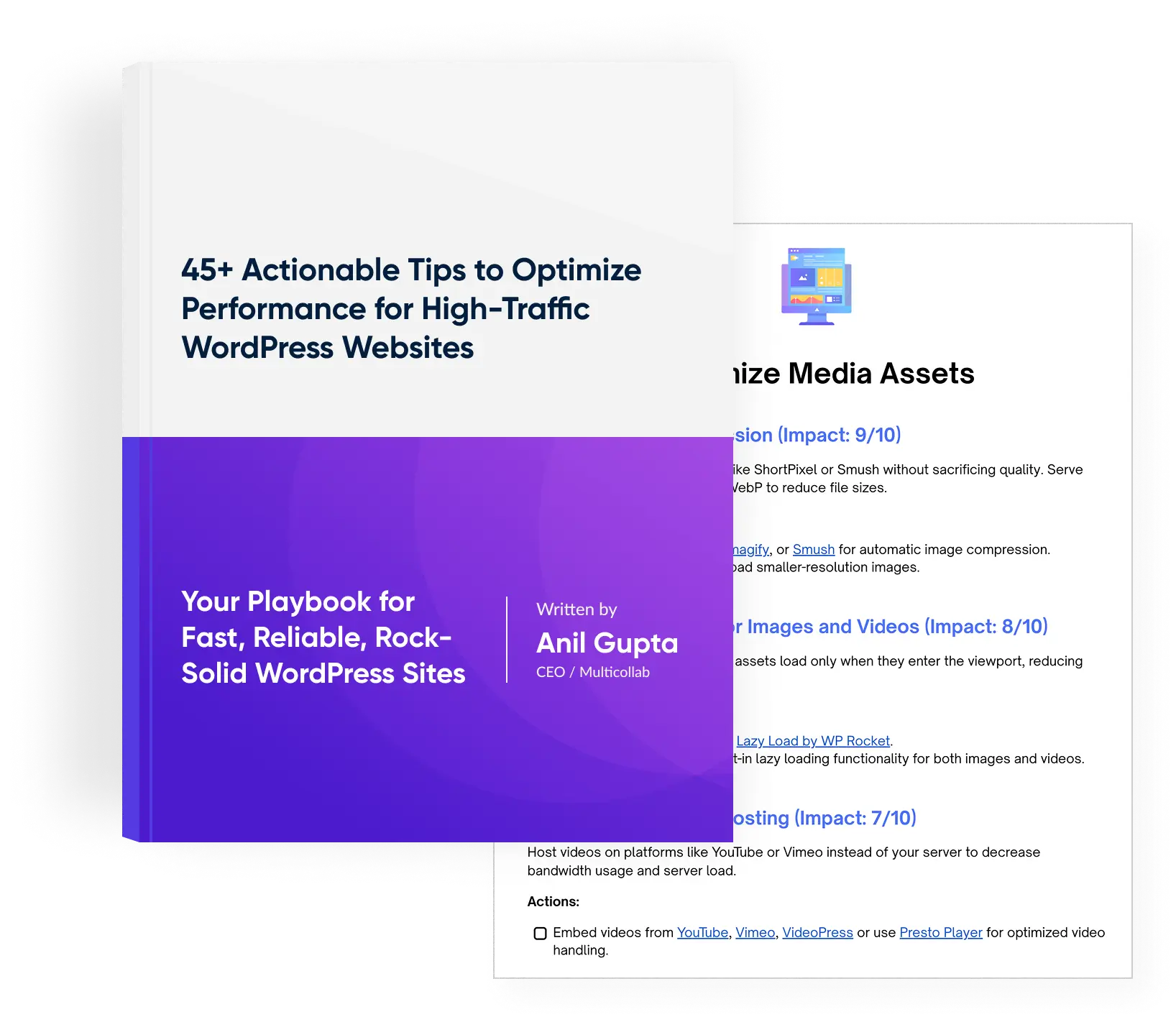Table of Contents
Google Docs and Microsoft Word are two of the most commonly used real-time document collaboration tools. These tools help distributed teams draft content, share feedback, and approve the same for publishing.
Almost every industry relies on such tools for real-time collaboration in writing. It won’t be incorrect to say that these apps have transformed the way we create, edit, review, share, and even consume content.
In this article, let’s look at four benefits of using real-time document collaboration tools along with some examples for you to choose from.
Benefits of using real-time document collaboration tools
We have chosen the following benefits based on how they impact the content creation process, the quality of content produced, and the resources they save.
1. Enable asynchronous collaboration
Asynchronous collaboration is the exchange of information between two or more persons that doesn’t happen in real-time.
Ironic, isn’t it?
Your team members can use real-time collaboration tools to exchange feedback, knowledge, updates, etc., whenever they are available. This prevents the disruption of the regular flow of work, particularly when you can tend to the message later.
For example, you are writing a quarterly sales report and one of your colleagues wants to share their feedback on a presentation you drafted earlier. Synchronous collaboration requires you to get on a call or meet them in person. The image below highlights the difference.

However, with real-time document collaboration tools, they can share their feedback and suggestions asynchronously, which you can get back to when you complete your current task. This helps teams achieve deep work along with timely collaboration.
2. Empower remote teams
Remote working gives you the freedom to set your day as you want it, except for a few meetings. However, this brings new challenges while collaborating as you cannot ‘pop into’ your team member’s workspace to ask them a quick question.
Relying on traditional collaboration tools such as email and video conferencing can take too much time before they see your query and reply to it. This is sub-optimal during document collaboration where immediate feedback and guidance are crucial for efficiency.
Real-time collaboration tools bring remote teams closer by enabling them to get their quick questions answered. For example, you can tag your colleagues in Google Docs and get your doubts cleared immediately, even if you are working remotely.
As a result, various companies can now have team members from different geographical locations which enables them to choose from a larger talent pool.
3. Save time and effort
Traditionally, there are three ways to collaborate on documents:
- Emails: The authors, editors, reviewers, stakeholders, etc., are added to one email chain where everyone shares updates through various phases of content development.
- Video conferencing: The content manager schedules meetings in which the participants are available for exchanging ideas, information, and feedback.
- In-person: This method of document collaboration is possible when all the team members are working in one geographical location.
Although the above methods get the job done, they consume a lot more resources in terms of time and effort.
For instance, in the case of video conferencing you have to double-check whether everyone is available at the same time. Similarly, in-person collaboration can disrupt your flow of work.
This also limits the capacity of content teams since they have to spend lots of time completing a single review cycle.
You can avoid all of that trouble by adopting real-time document collaboration tools. This will allow your team members to message other collaborators personally and directly on the document without involving everybody else in the project.
4. Improve content quality
Content quality must always be non-negotiable.
Content quality is an umbrella term that signifies the business value of a piece. It depends on various aspects like grammatical correctness, factual accuracy, and relevance. Naturally, most content teams, if not all, would never compromise on this.
As a content piece is developed by a team, its quality depends on how well all the members collaborate. Team members need to exchange ideas, thoughts, and feedback effectively through all the phases of content creation to publish a piece with high ROI.
Document collaboration in real-time makes knowledge exchange efficient and accurate which enables content teams to create quality content faster.
Furthermore, as these tools facilitate peer-to-peer collaboration, it will make the review cycles shorter because everyone doesn’t need to get involved.
The above four advantages make real-time collaboration tools a must-have for every team that values collaboration. But with so many tools available on the market, it can be confusing to select the one which is great for your requirements.
Hence, we have listed three real-time document collaboration tools that you can consider for your team.
3 real-time document collaboration tools
Based on your requirements, you can choose one or more of the following real-time collaboration tools during content creation.
1. Google Docs
Considering the popularity of Google and the functionalities offered by a free account, it is unsurprising that Google Docs is a common document collaboration tool. Its features such as tagging, suggesting, and commenting changed the way content teams operate.
Popular competitors of Google Docs include MS Word online, Zoho Docs, and Dropbox Paper.
However, it’s not ideal for creating blog content for WordPress as Google Docs isn’t a dedicated blog editor tool. You have to rely on traditional review methods while discussing videos and dynamic content and will have to move content back and forth from the WordPress CMS during the publication phase.
2. Notion
Apart from document collaboration, Notion can help you monitor and manage various tasks during your content creation process. You can create different kinds of internal documentation and the countless templates will help you get started in no time.
Popular alternatives of Notion include Microsoft OneNote, Evernote, and Slite.
A challenge you might encounter with Notion or with its alternatives is that it has a slight learning curve and you will still need other tools for your content editing process. Besides, document collaboration with members outside your organization might be difficult.
3. Multicollab
Multicollab is a real-time WordPress collaboration tool that allows teams to work together on content just as they do with Google Docs. You can tag, suggest changes, and comment on all kinds of content including videos and dynamic content.
You can also easily secure your organizational data as you can directly invite external teams to exchange feedback on the Gutenberg Editor. The permissions for each role can be easily managed from Multicollab.
The above functionalities make Multicollab a must-have tool in the stack of distributed content teams that aim to develop quality content faster. To be exact, you can create and publish content 42% faster with this real-time document collaboration tool.
Summing up
Real-time document collaboration tools help content teams exchange information efficiently which leads to faster production of quality content while saving resources.
These tools enable asynchronous communication, empower remote teams, save resources, and improve the overall content quality which makes them crucial. All teams use some kind of real-time document collaboration tools for this.
Google Docs and Notion are popular document collaboration tools but they make the editorial and publication workflow long and tedious. You will have to manually move content to the blog editor and have to rely on traditional review methods for videos and dynamic content which is sub-optimal, to say the least.
Multicollab, a revolutionary WordPress document collaboration plugin, transforms the Gutenberg Editor into a collaborative platform. Now, you can exchange feedback on all types of content just as you do on Google Docs with textual content.
Join this free webinar to learn more about how Multicollab can level up your editorial process.
FAQs
- What are real-time document collaboration tools?
Real-time collaborative tools are apps that help the content creation team to exchange information within themselves instantly which results in better content quality.
- What are some examples of document collaborative tools?
Multicollab, Google Docs, and Notion are the most commonly used document collaboration tools.
- What is the best tool for document collaboration?
It depends on your requirements. For instance, if you want to create and publish content on WordPress, Multicollab is the best tool for document collaboration.
- How are online document collaboration tools used?
Online document collaboration tools are used throughout the document creation and management process. You can use them for ideation, drafting, reviewing, editing, etc.







